Hypoallergenic Window Treatment Options
What Curtains are Hypoallergenic?
Spring weather means warmer temperatures and a desire to throw open the windows for some crisp, fresh air! While everyone enjoys the idea of spring, allergy sufferers may be dreading what comes along with these spring breezes. Hypoallergenic curtains are typically made from materials that are less likely to harbor dust mites, pet dander, mold, and other allergens. Some options to consider include:
Natural Fabrics: Look for curtains made from natural materials like cotton, linen, or silk. These fabrics are less likely to trap allergens compared to synthetic materials.
Allergy-Resistant Fabrics: Some curtains are specifically designed to resist allergens. Look for curtains labeled as hypoallergenic or allergy-resistant.
Tightly Woven Fabrics: Curtains with a tight weave are less likely to trap allergens compared to those with a looser weave.
Washable Curtains: Opt for curtains that are machine washable, so you can easily remove allergens through regular cleaning.
Blackout Curtains: Blackout curtains can be a good option as they often have multiple layers, which can help trap allergens and prevent them from circulating in the air.
Remember to regularly clean your curtains to reduce allergen buildup, regardless of the material you choose. Dust, pollen, and other allergens often make their grand appearance at the onset of spring. For anyone with a sensitivity to these airborne attackers, this can put a real damper on getting out and enjoying the day.
Did you know that some of the biggest culprits that attract these allergens might be everyday items found in your home? Window treatments can be one of these unnoticed household items that could be harboring unwanted irritants such as dust, dirt, or pollen.
Let’s discuss how to choose the right window treatments to detract these allergens from sticking around and disrupting your spring. Contact us now to learn about hypoallergenic options or click here to find a location near you!
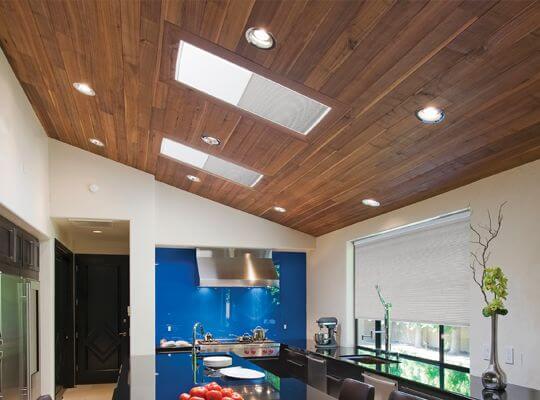
Avoid Heavy Fabric Window Treatments
Draperies and curtains are beautiful additions to windows, but all of those fabric folds are a magnet for allergens. Finding window treatments that use materials that don’t attract dust and airborne debris is an important first step to keeping your home allergy-free. Hard window treatments such as blinds and shutters come in a variety of materials from wood, vinyl, faux wood, and composite options. All of these materials will attract less dust over time than fabric options.
Any window treatment with horizontal vanes or slats creates an easy collection place for dust. The width and size of the vanes and slats determine how far apart they are and how easy it will be to keep clean.
For blinds, consider vertical options which will be less likely to collect dust. For horizontal blinds or shutters, consider the width and placement of the vanes and slats. The narrower the vanes, the more complicated it will be to clean. If opting for soft treatments, consider using natural materials such as linen, cotton, or silk instead of synthetic since synthetic fibers can sometimes be an irritant of their own.
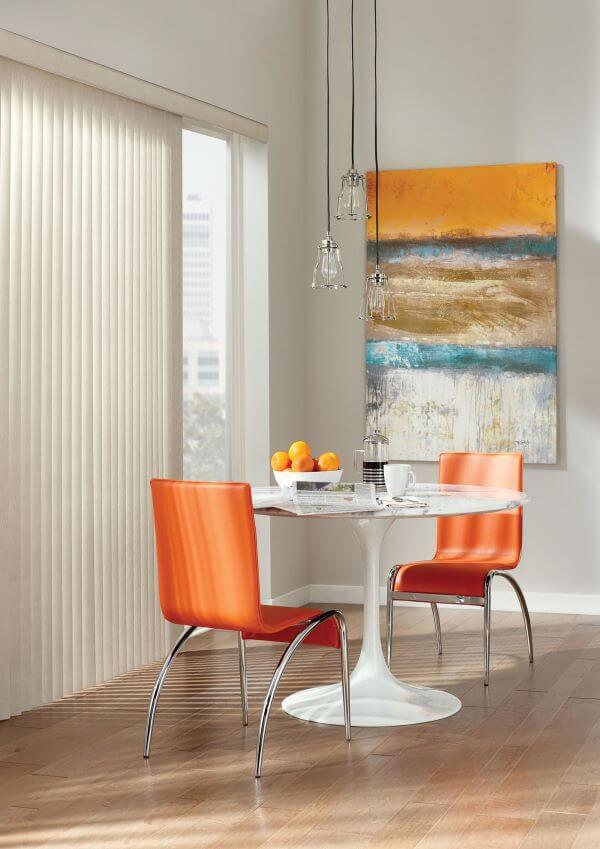
Consider Window Treatment Cleanability
Most window treatments do not require heavy duty cleaning, but if your goal is to keep your home dust free, a regular cleaning regiment may be necessary. Certain window treatments are easier to clean than others.
Roller shades are one of the easiest treatments to clean since they consist of a single, flat shade. When rolled up, they are encased above the window preventing them from collecting any type of dust or debris. When rolled down, the surface is easily cleanable.
Roman shades are another version of shade that are relatively easy to keep clean. Depending on the material, all they should need is a light dusting. Consider using a vacuum attachment on the lowest setting to remove any additional debris.
If allergies are a concern, stay away from extra ornamentation such as fringe, tassels, or other bangles that can attract excessive dust. If your window treatments do have any additional décor, be sure to gently clean these areas separately, not with a vacuum to avoid damaging the treatment.
Blinds and shutters are more time consuming to clean because of the various moving parts. Slats and vanes are great for versatility, but hard to keep clean. Consider the importance of keeping your window treatments dust free before deciding on these options for your home.
Vertical blinds still have the operational slats, but they hang vertically not horizontally. This decreases the amount of dust that will collect on the treatment and improves the cleanability. Most dust or debris will shake loose from the slats as the treatment is opened and closed. For additional cleaning, a light dusting or a vacuum cleaner attachment can easily remove the rest.
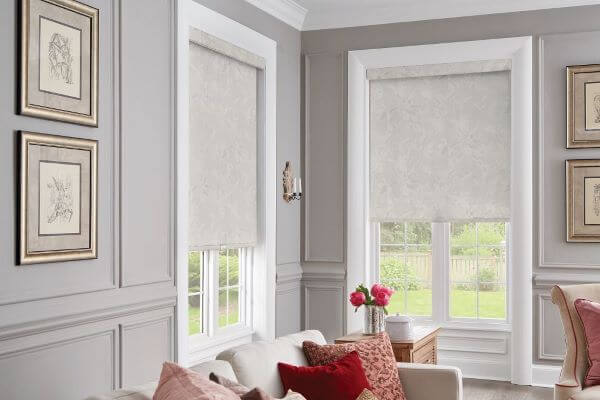
Check Windows and Screens
Keeping your home allergy friendly does not end with just your window treatments but includes regular maintenance and cleaning of your windows and screens as well.
Windows provide much needed natural light and fresh air for a healthy home, but they can also be the gateway for unwanted allergens. Screens help limit some larger particles from getting into the home, but not all.
Once the weather warms up and you know your windows will be open more often, be sure to take down your screens and give them a good cleaning. For some great tips to get those screens extra clean, visit this link from Country Living: www.countryliving.com/home-maintenance/cleaning/g28485276/how-to-clean-window-screens
Another commonly overlooked area is the seal around your window. Properly sealed windows should be caulked around the seams to prevent any air from passing between the edge of the window frame and the walls.
Caulking is important because it holds your windows in place, prevents energy loss, and keeps out pollen, dirt, and dust as well as insects, bugs, or other critters. Over time, if cracks appear in the caulking, it could allow these unwanted visitors easy access into your home and lower your home’s energy efficiency as well.
Be sure to check for any gaps, cracks, or holes around the edges of your windows both from the inside and outside of your home. Proper maintenance and upkeep will help keep out allergens and pests as well as keep your home energy efficient.
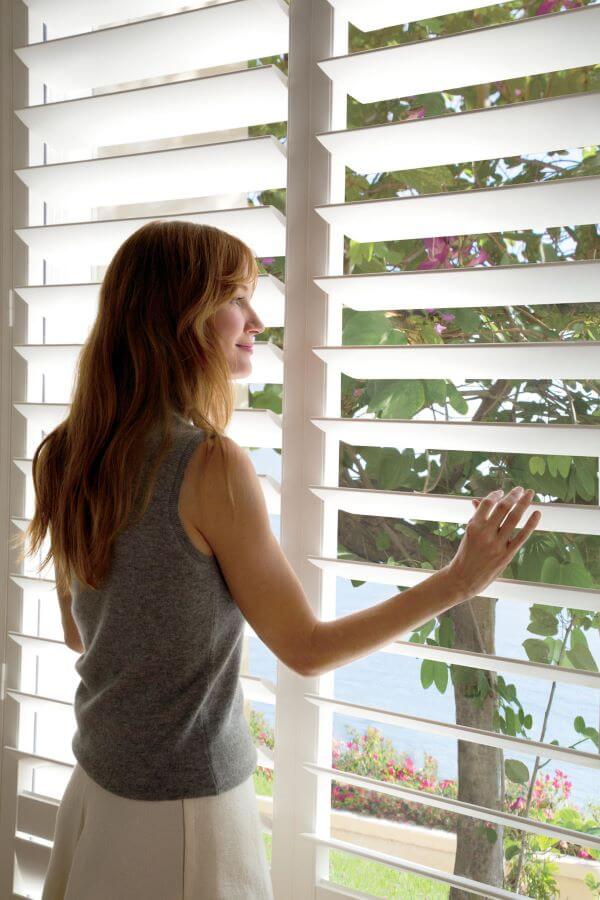
Optimize Air Flow
Fresh air is something we all look forward to in the springtime as long as we stay mindful of what that air is bringing along with it. While it may be tempting to throw open your windows as soon as warm temperatures arrive, consider what else is catching a ride with these spring breezes.
Warmer temperatures signal the flora and fauna to open up as well causing spores and pollen to take flight. Knowing when to expect an increase of allergens will help you know when to keep your windows closed.
Most weeds, grasses, and trees will release the majority of their pollen first thing in the day. Unusually warm temperatures lead to an increase in mold and dust counts. Mold spores thrive on water and humidity, so consider keeping windows closed right after a spring rain shower.
House dust will still accumulate even with your house sealed up tight, so don’t be afraid to throw open those windows from time to time. Fresh circulation will help keep the inside air from becoming stagnant and will shake free any interior pollutants that may have gathered.
HEPA (high efficiency particulate air) filters are also highly effective and recommended for any home where allergies are a concern. They are proven to remove up to 99% of allergens and airborne particles, including pollen and pet dander, and help to purify the air. As with any filter, regular cleaning and replacements may be required so that they continue to function properly and efficiently. If you already have filters installed, now may be the best time to have them checked.
Cleaning the vents and air ducts is another important spring cleaning item on the to-do list. This does not have to be done every month, but if it has been a while, and allergies are a concern, it may be time to have the air ducts cleaned out. Simply wiping down the outside of the vents may be a great place to start.
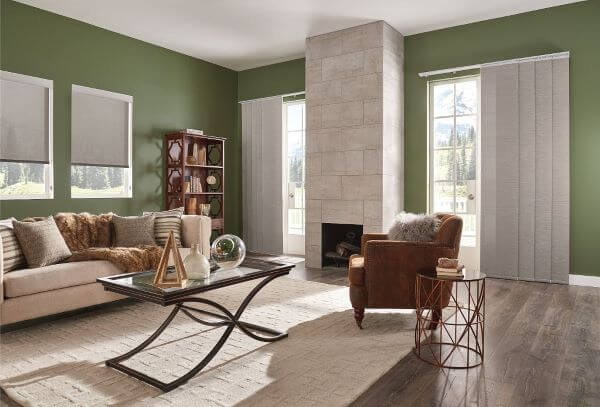
Prioritize Natural Materials
There’s a wide variety of natural materials that are more eco-friendly than their synthetic counterparts which can be an aggravating irritant.
Natural materials come in a multitude of colors, textures and styles and can be incorporated into almost any window treatment option. Window treatments made from wood, bamboo, jute, linen, cotton, or silk bring a naturally beautiful quality into the home.
Solar shades and cellular shades are a great example of window treatments that are stylish, functional, and eco-friendly.
Consider opting for natural materials in other areas of your home as well. Instead of carpet, use area rugs made from jute, bamboo, or seagrass. Prioritize furniture that has been sustainably manufactured or repurposed. Choose apparel made from natural fibers like linen, cotton, and silk to avoid more synthetic materials.
Not only are natural fibers allergy friendly, but they are more sustainable and eco-friendly as well.
Conclusion
While it may be impossible to completely eliminate all allergens from your home, it is nice to know that there are a variety of options available to help reduce the amount of exposure.
At Gotcha Covered, we know how to find the best solution, including hypoallergenic options, for your window treatment needs.
Reach out to us today and see what our Gotcha Covered Design Team can do to help you create a healthier, happier home! Call us at (888) 650-6187 or schedule a free design consultation today!

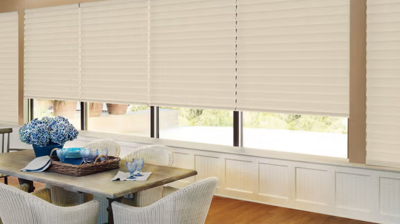
.2502261254169.png)
